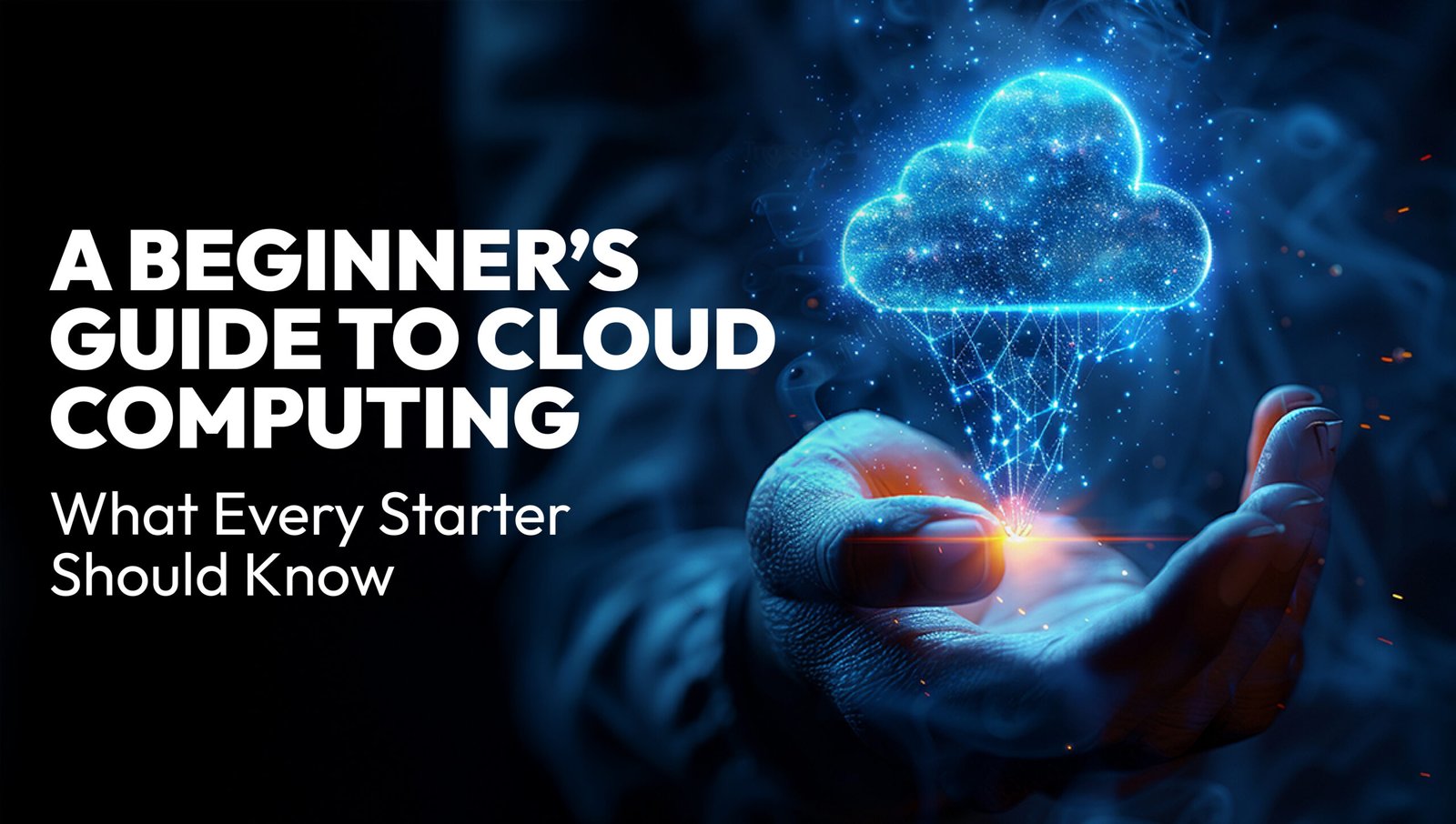Cloud computing has become the backbone of today’s digital changes. From startups to enterprises, almost every organization now depends on cloud technology to rapidly, score clever, and innovate continuously. Nevertheless, for many beginners, the concept of cloud computing may feel heavy. This guide is designed to simplify the basic principles, showing how the digital software market (DSM) strengthens businesses to avail the maximum advantage of the cloud.
1. What is cloud computing?
At its core, cloud computing is about distributing computing resources on the Internet rather than relying on local servers or physical infrastructure. These resources may include advanced equipment such as storage, databases, applications and even artificial intelligence.
Instead of buying hardware and maintaining it on-site, business clouds use what they need, whenever they need it. This flexibility saves cost, increases efficiency, and opens the doors for innovation.
2. Why cloud computing matters today
Shift for cloud computing is not just a technology upgradation – this is a strategic step. There are some reasons here that it matters:
• Scalability: Easily expand or reduce resources based on demand.
• Cost Efficiency: only pay for what you use without heavy upfront investment.
• Exhibition: Work from anywhere with a stable internet connection.
• Security: Cloud providers provide enterprise-grade safety and compliance.
• Innovation: Most of the advanced equipment like AI, Machine Learning and Analytics are made in most cloud platforms.
For modern businesses, cloud computing is no longer optional. It is necessary to remain competitive.
3. Main types of cloud computing
Understanding different types of cloud computing helps beginners to choose the right path.
• Public Cloud: Services provided by providers such as Microsoft Azure, AWS, or Google Cloud are accessible to many customers.
• Private Cloud: A dedicated cloud environment is used especially by a single organization for maximum control.
• Hybrid Cloud: A combination of public and private clouds, offering both flexibility and security.
• Multi-cloud: Using several cloud providers to avoid dependence on a single vendor.
4. Popular cloud service model
Cloud computing is given in various service models. Beginners should know about these categories:
• IAAS (infrastructure in the form of a service): provides servers and storage such as virtualized hardware.
• PAA (platform as a service): provides an environment for the construction and management of applications without handling the infrastructure.
• Mother-in-law (software as a service): Distributes ready-to-use software applications on the Internet, such as Microsoft 365 or Google workspace.
5. Important benefits for businesses and individuals
The advantages of cloud computing extend to industries. Beginners should recognize these important benefits:
• Eliminating the requirement of broad hardware reduced it.
• Rapid setup and deployment of services.
• Global access, enabling remote teams to work basically.
• Building disaster recovery and data backup solutions.
• Integration with advanced analytics and AI tools.
6. Common challenges face beginners
While clouds are powerful, new people often face some obstacles:
• Understanding the pricing model and avoiding unexpected costs.
• Data security and compliance requirements.
• Learning state for new devices and platforms.
• Vendor lock-in when relying too much on a provider.
This is the place where expert guidance makes all differences.
7. How DSM guides you through cloud
In the digital software market (DSM), we do not just provide access to software – we enable businesses to embrace cloud computing with confidence. Whether it is helping you choose the right cloud model, adaptation of deployment, or ensuring cost efficiency, DSM brings clarity to every stage of travel.
Our expertise lies:
• Recommending sewn cloud solutions for any size businesses.
• Supporting the cloud safe and obedient infection.
• Ensure ROI through cost -effective strategies and automation.
• Offering reliable software licensing and enterprise support.
For beginners, it means a smooth path with low risk and sharp results.
8. Future of cloud computing
Cloud computing is constantly developing. Emerging trends such as edge computing, serverless architecture and AI-operated services will shape the future of businesses. Those who start learning today will be well deployed to take advantage of these innovations.
9. final thoughts
Cloud computing is no longer an advanced concept reserved for technical experts. This is a practical, accessible solution that can hug the initial right guidance. Understanding the basics – what it is, how it works, and why it matters – you take the first step towards digital change.
With the digital software market (DSM) as your reliable partner, navigating the cloud is simple, smart and more rewarded. Whether you are only searching or ready to scale, DSM ensures that your visit to Cloud is made for success.
Website https://digitalsoftwaremarkett.com/
YouTube https://www.youtube.com/@DigitalSoftwareMarket
Instagram https://www.instagram.com/digitalsoftwaremarket

